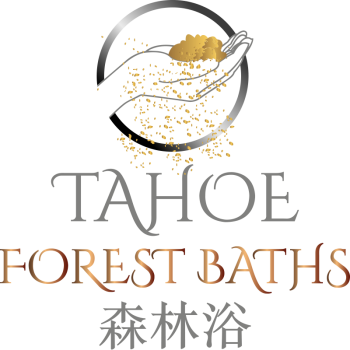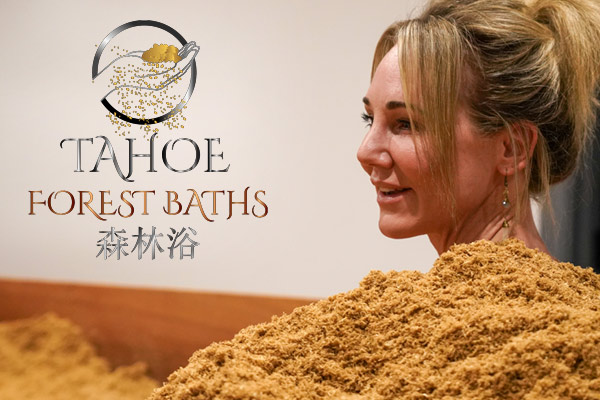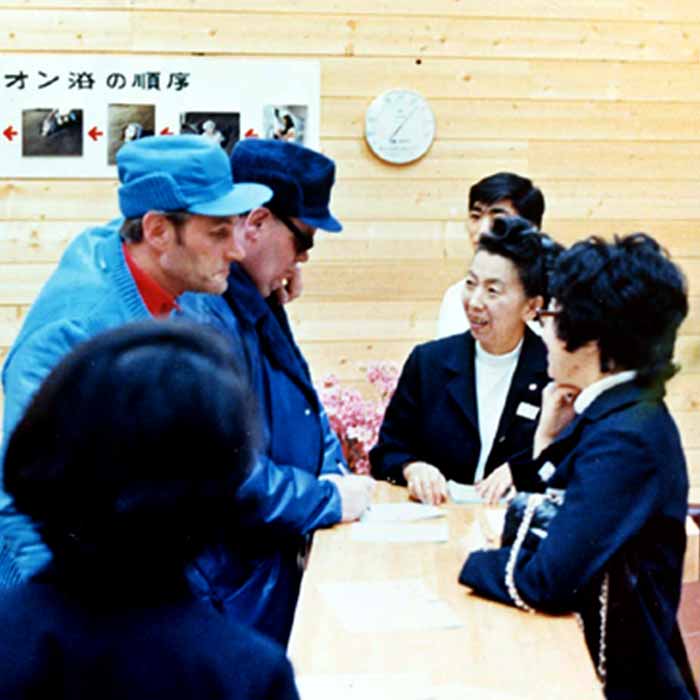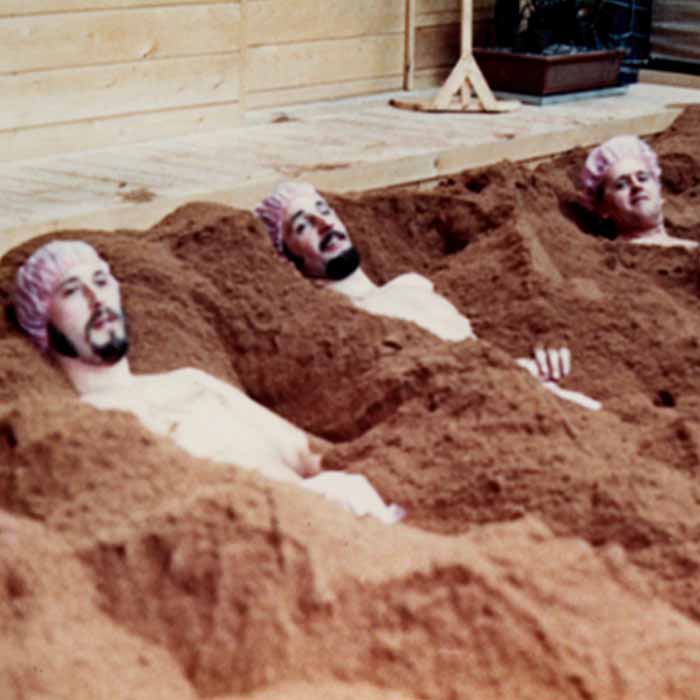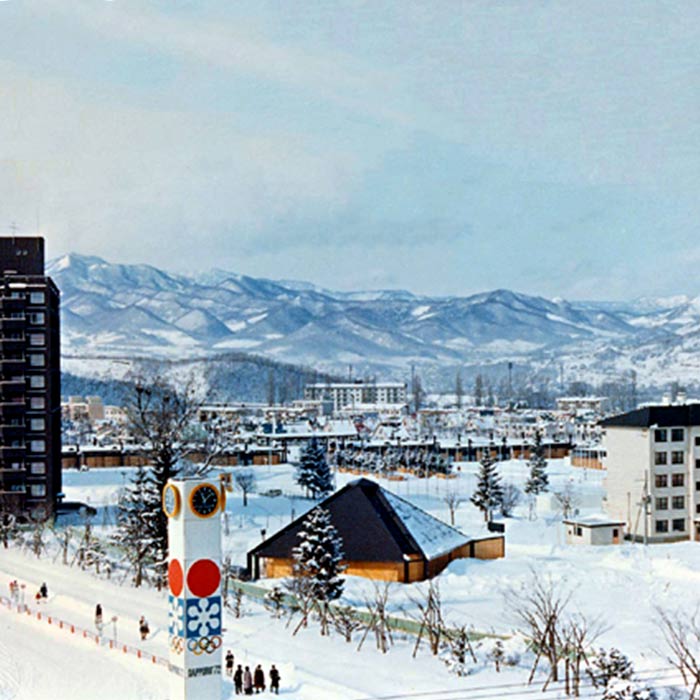History of Cedar Enzyme Baths
The origins of healing Cedar Enzyme Baths can be traced back 90 years. They were first introduced in the 1940s in Hakkaido, Japan. The therapeutic treatment grew out of Japanese traditions using fruits, vegetables, mushrooms, seaweed and cedar to promote healing.
Cedar Enzyme Baths gained international attention in 1972 when they were offered to athletes at the 11th Winter Olympic Games in Sapporo, Japan. Otaka Enzyme Co., Ltd. contributed to the health management of athletes from various countries by providing the Enzyme Bath Aeon House.
